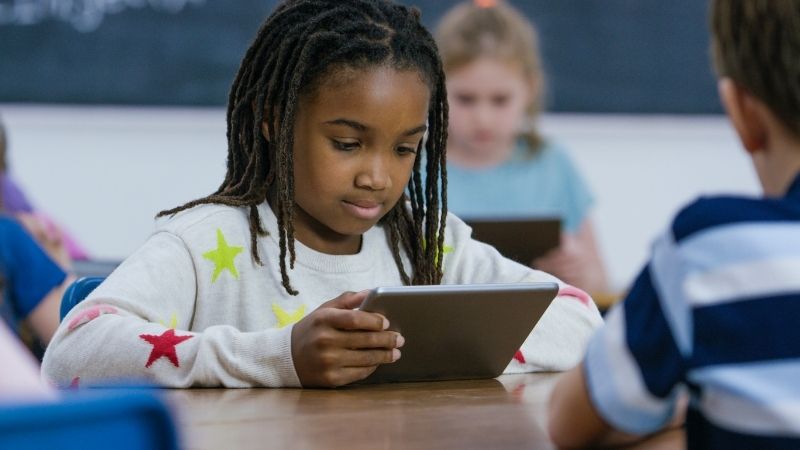
The word "special education" conjures up visions of students sitting in a dark classroom doing not a whole lot. However, special education is not a place, but a set of professional services and teaching techniques.
Encourage students to ask questions about the experience of classmates with disabilities. Be mindful of how they do so, though. For example, do not rush their answers or criticize them for using a calculator in math class.
Strategies
Special education teachers must take many factors into account to help their students learn. They may find that their students have trouble with multi-step directions or concepts with lots of parts. It's crucial for them to break those down into the smallest possible steps that can be mastered.
Another essential strategy is to communicate with families clearly. Some educators recommend arranging video conferences with parents who speak a different language or have limited mobility to make sure they're understood. They may also suggest using objects like Cheerios, toothpicks or pennies as math manipulatives to make home learning activities more accessible.
They may also use visual and auditory cues to remind students when the lesson is ending or changing from one activity to another. For example, an egg timer is a great way to signal that it's time to start doing homework or get ready for class.
Methods
Detailed knowledge of how students learn best forms the backbone of special education techniques. This includes understanding how different disabilities impact learning and using the various strategies to help students reach their potential.
Traditionally, struggling students receive extra help from a paraprofessional or a teacher who provides individualized instruction in addition to core classroom teachers during the same class period. However, it is important not to confuse this "help time" with extra instructional time that is dedicated solely to addressing specific skill areas.
Create positive modifications in the classroom environment that dovetail with each student's strengths. For instance, a student who excels at drawing could illustrate vocabulary words in test papers or demonstrate his knowledge of place value by knitting rows of 10. Many special needs students lack positive images of their future careers, so help them envision positive jobs and professions that are appropriate for their strengths.
Approaches
Many students with special needs require accommodations to help them learn the basics. This includes presenting lecture information in a visual format, using supplemental aids, and adjusting exams and evaluations for disabilities like limited working memory.
Some disabilities, such as autism and cerebral palsy, affect the way a person physically moves and interacts with their environment. For these students, the school may adjust their classroom and educational program by providing a wheelchair or other physical adaptations.
Some schools use a model known as inclusion, in which students with disabilities sit in the same classroom as their general education peers. This teaching strategy often employs co-teaching, in which a general education and special education teacher work together to plan lessons, instruct, and assess students. This is also known as integrated learning.
Tools
Just like a person in a wheelchair needs ramps to go over stairs, people with learning disabilities use tools to overcome the challenges they face. Tools range from a simple color highlighter to software that predicts words for someone with spelling or reading difficulties.
Predesigned digital teaching activities can help special education teachers meet students where they are. These include apps like Nearpod, which allows students to respond to open-ended questions using their choice of response and can provide teachers with formative assessment data.
As coronavirus hit schools, many educators turned to virtual classrooms to continue their teaching during the pandemic. Tools such as Zoom, Flipgrid and Seesaw allow students to participate remotely in safe and engaging lessons. These tools also make it easy for teachers to check-in with their students.
Best Practices
Many of the "best practices" that are tossed around in education circles come from personal experiences or opinion rather than research. They can include pulling students out of core instruction for extra help, assigning unskilled paraprofessionals to support reading, and giving students less time on tests (which often lead to lower scores because they are under pressure or lose track of time).
Our experts offer some key ways teachers can improve outcomes in a way that is cost-effective. This journey, they say, requires embracing new approaches, getting comfortable talking about costs and focusing on what works. It's a path that can benefit kids, teachers and taxpayers alike. Streamlining meetings and paperwork, for example, adds 20 percent to a special-education budget without cutting programs. It also boosts teacher morale and helps them focus more on students.
 Careers in EducationElementary EducationHigh School EducationEducational TechnologyTeaching StrategiesSpecial EducationPrivacy PolicyTerms And Conditions
Careers in EducationElementary EducationHigh School EducationEducational TechnologyTeaching StrategiesSpecial EducationPrivacy PolicyTerms And Conditions
